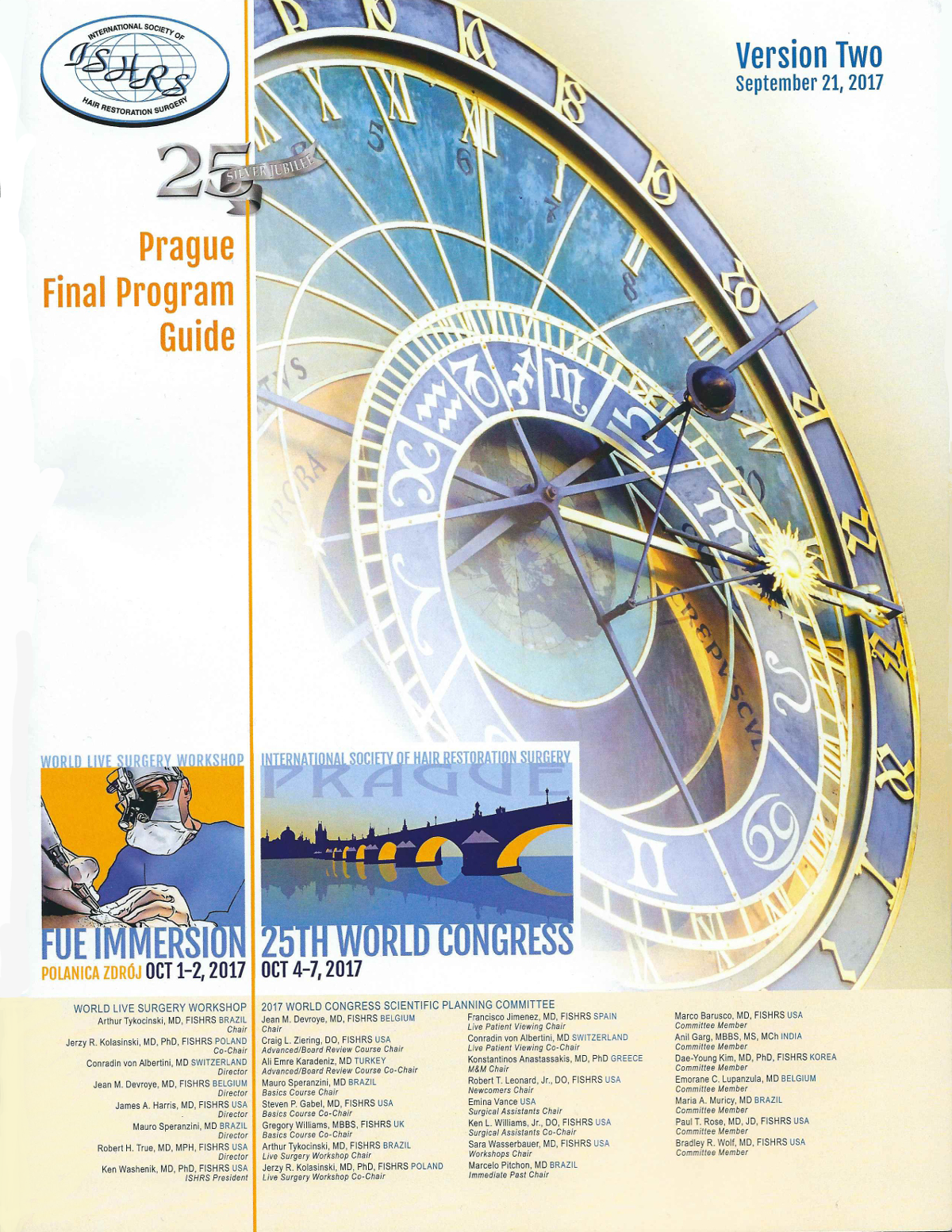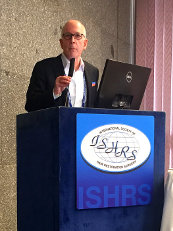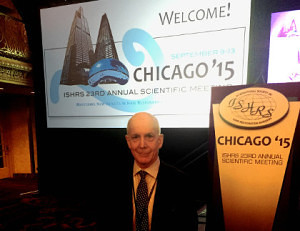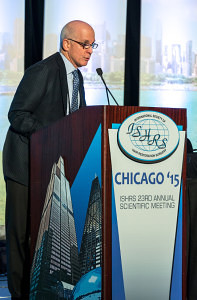Dr. Bernstein gave a presentation on “What’s New in Robotic FUE” at the 25th Annual Conference of the International Society of Hair Restoration (ISHRS) on Friday, October 6, 2017, in Prague, Czech Republic. He discussed the exciting new capabilities of the most recent upgrade to the ARTAS Robotic System, ARTAS 9x. The upgrades increase the speed and accuracy of the procedure while utilizing artificial intelligence to fine-tune the movements of the robotic arm.
Increased Speed
ARTAS 9x is 20% faster than the prior version, with each dissection cycle lasting less than 2 seconds. The robot can now harvest up to 1,300 grafts per hour. ARTAS 9x makes robotic hair transplants faster by enabling graft dissection and extraction to be performed simultaneously. Prior versions of the robot’s optical system used a red LED light. However, this proved to be too harsh for the human eye. ARTAS 9x solves this issue by using a white LED light, allowing grafts to be extracted while the robot dissects grafts in the scalp. Also, ARTAS 9x uses a yellow tensioner, rather than a white one, eliminating the need for two manual commands and increasing the speed of the procedure.
Increased Accuracy
ARTAS 9x has increased the accuracy of the procedure by allowing the option of smaller needles (0.8mm in addition to 0.9mm and 1.0mm). The 0.8mm needle minimizes distortion of the skin during harvesting and this improves the accuracy of the graft extraction process.
Artificial Intelligence
The ARTAS 9x uses artificial intelligence to maximize consistency in Robotic FUE procedures. It uses real-time information on the positioning of the robot and the patient to direct the robotic arm to automatically retract — but not shut down — if it detects a potential positioning issue. This increases efficiency and decreases the length of the procedure.
Artificial intelligence is also used to determine if there are any empty recipient sites on the scalp during harvesting, meaning that a graft was missed. The robot alerts the physician to this information so he/she can then adjust the algorithm to increase the efficiency of the procedure.
The software system that runs ARTAS 9x can now detect scars or areas of the scalp with few or no hairs and skip over these areas during harvesting. This saves time by blocking harvesting in areas that might result in a harvested area appearing too thin.
Other Functionality Improvements
 ISHRS 25th Annual Conference Program
ISHRS 25th Annual Conference ProgramThere are a number of other improvements to the robotic system incorporated into ARTAS 9x. These include a smaller robotic head, an improved site-making headrest, a new harvesting halo, a robotic arm extender, and more. These modifications increase the functionality of the ARTAS Robotic Hair Transplant System and aid the physician to deliver optimal outcomes for the patient.
ARTAS Robotic Hair Transplants at Bernstein Medical
Bernstein Medical was one of the first hair restoration practices in the world to use the ARTAS robot to perform FUE, a procedure pioneered by Dr. Bernstein and his colleague Dr. William Rassman. In 2013, Bernstein Medical was named an ARTAS Clinical Center of Excellence.
As a medical adviser to Restoration Robotics, Dr. Bernstein works to improve its hardware and software systems in collaboration with the robot’s engineers and developers. Bernstein Medical is a beta-test site for the ARTAS robot with numerous advances being developed and tested in our NYC hair transplant facility.
Posted by







